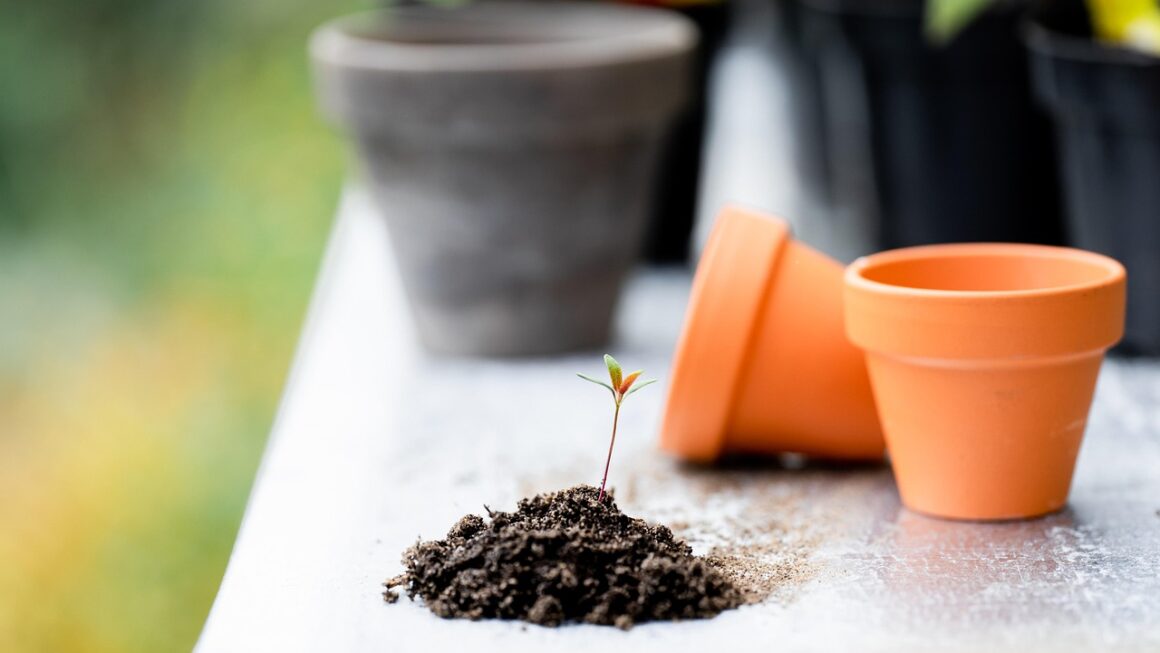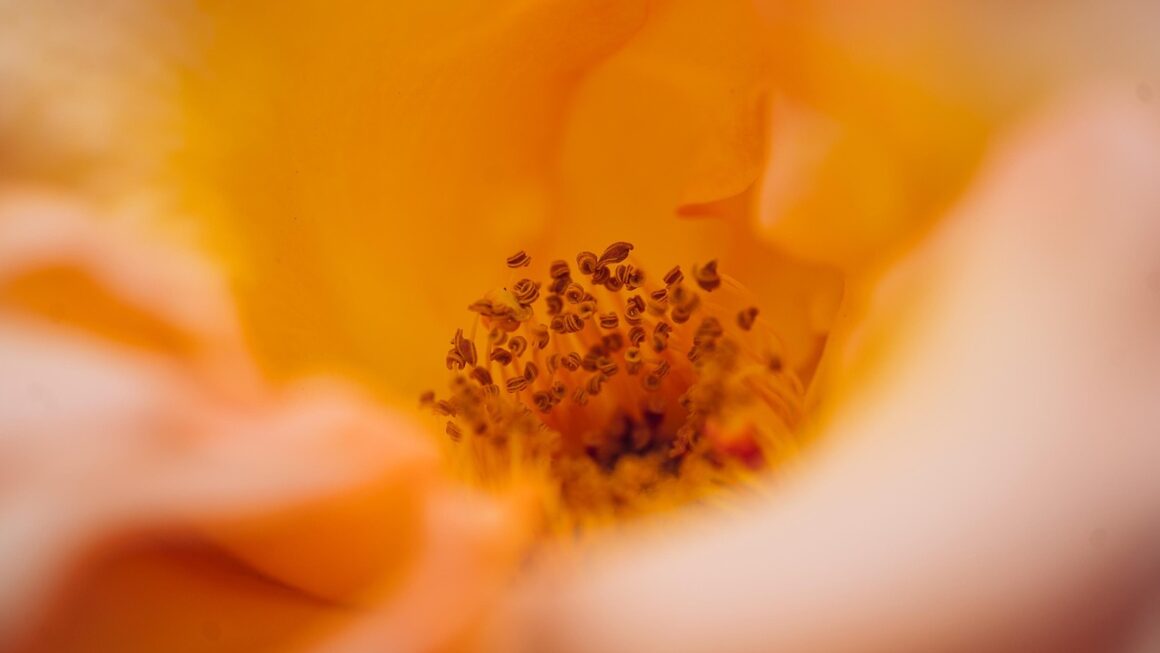Bring the outdoors in and transform your living space with the lush beauty of indoor plants! Beyond just aesthetics, these green companions offer a wealth of benefits, purifying the air, boosting your mood, and adding a touch of tranquility to your home. Whether you’re a seasoned plant parent or just starting your green journey, this guide will provide you with everything you need to know about selecting, caring for, and enjoying the wonders of indoor plants.
Why Choose Indoor Plants?
Benefits Beyond Beauty
Indoor plants are more than just pretty faces. They offer a multitude of benefits that contribute to a healthier and happier lifestyle.
- Air Purification: Studies by NASA have shown that indoor plants can remove toxins such as formaldehyde, benzene, and xylene from the air. These pollutants are commonly found in household products like paints, furniture, and cleaning supplies.
- Improved Mood and Reduced Stress: Plants have a calming effect, reducing stress levels and promoting a sense of well-being. The presence of greenery can create a more relaxing and inviting atmosphere. Studies show that being around plants can lower blood pressure and heart rate.
- Increased Productivity: In office environments, indoor plants have been shown to improve concentration, boost productivity, and reduce fatigue. A study by the University of Exeter found that employees were 15% more productive when surrounded by plants.
- Humidity Regulation: Plants release moisture into the air through transpiration, helping to increase humidity levels, especially in dry climates or during winter months when heating systems can dry out the air.
- Aesthetic Appeal: Indoor plants can enhance the visual appeal of any room, adding color, texture, and life to your decor. They can be used to create focal points, soften harsh lines, and bring a sense of nature indoors.
Choosing the Right Plants for Your Space
Not all plants are created equal. Consider your lifestyle and the conditions in your home when selecting indoor plants.
- Light Levels: Determine the amount of natural light your space receives. Some plants, like succulents and cacti, thrive in bright, direct sunlight, while others, like snake plants and ZZ plants, can tolerate low-light conditions. Observe your rooms throughout the day to understand their light exposure.
- Humidity Levels: Certain plants, such as ferns and orchids, prefer higher humidity levels. Consider placing them in bathrooms or using a humidifier to create a suitable environment.
- Maintenance Requirements: Choose plants that match your availability and commitment to care. Some plants require frequent watering and fertilizing, while others are more drought-tolerant and low-maintenance.
- Space Considerations: Consider the size and shape of the plant and how it will fit into your space as it grows. Trailing plants like pothos and ivy are ideal for hanging baskets or shelves, while larger plants like fiddle-leaf figs and monstera can serve as statement pieces.
- Pet Safety: If you have pets, research which plants are non-toxic to avoid any potential health risks. Popular pet-safe options include spider plants, prayer plants, and peperomia. The ASPCA website provides a comprehensive list of toxic and non-toxic plants for pets.
Essential Care Tips for Thriving Indoor Plants
Watering Wisely
Overwatering is one of the most common causes of plant death. Understanding your plant’s specific watering needs is crucial.
- Watering Frequency: Water only when the top inch or two of soil feels dry to the touch. Use your finger to check the moisture level before watering.
- Water Quality: Use filtered or distilled water to avoid exposing your plants to harmful chemicals found in tap water. Let tap water sit out overnight to allow chlorine to evaporate.
- Drainage: Ensure your pots have drainage holes to prevent water from accumulating at the bottom, which can lead to root rot.
- Bottom Watering: Consider bottom watering by placing the pot in a tray of water and allowing the plant to absorb moisture from the bottom up. This encourages healthy root growth.
- Seasonal Adjustments: Reduce watering frequency during the winter months when plants are dormant and require less moisture.
Lighting and Placement
Providing adequate light is essential for plant health.
- Light Intensity: Position plants according to their light requirements. South-facing windows typically provide the brightest light, while north-facing windows offer the least.
- Artificial Lighting: If natural light is limited, supplement with artificial grow lights. LED grow lights are energy-efficient and can provide the full spectrum of light that plants need.
- Rotation: Rotate your plants regularly to ensure even light exposure and prevent them from leaning towards the light source.
- Distance from Windows: Be mindful of placing plants too close to windows, as they can be exposed to extreme temperatures and drafts.
Soil and Fertilizing
Providing the right soil and nutrients is essential for healthy growth.
- Soil Type: Use a well-draining potting mix specifically formulated for indoor plants. Avoid using garden soil, as it can be too heavy and compact.
- Repotting: Repot your plants every one to two years into a slightly larger pot to provide fresh soil and more room for root growth. Spring is the ideal time for repotting.
- Fertilizing: Feed your plants regularly during the growing season (spring and summer) with a balanced liquid fertilizer diluted to half strength. Avoid fertilizing during the winter months.
- Nutrient Deficiencies: Be aware of the signs of nutrient deficiencies, such as yellowing leaves or stunted growth. Adjust your fertilizing schedule accordingly.
Popular Indoor Plant Varieties
Low-Maintenance Options
For beginners or those with busy lifestyles, these low-maintenance plants are excellent choices.
- Snake Plant (Sansevieria trifasciata): Tolerates low light and infrequent watering. Excellent air purifier.
- ZZ Plant (Zamioculcas zamiifolia): Extremely drought-tolerant and thrives in low-light conditions.
- Pothos (Epipremnum aureum): Easy to propagate and grows well in a variety of conditions.
- Peace Lily (Spathiphyllum wallisii): Prefers low light and moist soil. Known for its elegant white flowers.
- Spider Plant (Chlorophytum comosum): Produces “spiderettes” or baby plants that can be easily propagated.
Statement Plants
These plants make a bold statement and add a touch of drama to any room.
- Fiddle-Leaf Fig (Ficus lyrata): Requires bright, indirect light and consistent watering.
- Monstera Deliciosa: Known for its iconic split leaves. Prefers bright, indirect light and well-draining soil.
- Bird of Paradise (Strelitzia reginae): Produces striking bird-like flowers. Requires bright light and consistent watering.
- Rubber Plant (Ficus elastica): A hardy plant with glossy, dark green leaves.
- Yucca: A desert plant that adds height and interest to a space.
Air-Purifying Champions
These plants are particularly effective at removing toxins from the air.
- Spider Plant (Chlorophytum comosum)
- Snake Plant (Sansevieria trifasciata)
- Peace Lily (Spathiphyllum wallisii)
- English Ivy (Hedera helix)
- Golden Pothos (Epipremnum aureum)
Troubleshooting Common Plant Problems
Identifying and Addressing Issues
Even with the best care, plants can sometimes encounter problems. Knowing how to diagnose and address these issues is essential.
- Yellowing Leaves: Can be caused by overwatering, underwatering, nutrient deficiencies, or pests. Check the soil moisture and adjust your watering schedule accordingly. Fertilize if necessary.
- Brown Leaf Tips: Often caused by dry air or fluoride in tap water. Increase humidity levels and use filtered or distilled water.
- Drooping Leaves: Can be a sign of underwatering or root rot. Check the soil moisture and ensure proper drainage.
- Pests: Common pests include spider mites, aphids, and mealybugs. Inspect your plants regularly and treat infestations with insecticidal soap or neem oil.
- Root Rot: Caused by overwatering and poor drainage. Repot the plant in fresh soil and trim away any rotted roots.
Preventing Problems
Proactive care can help prevent many common plant problems.
- Regular Inspection: Inspect your plants regularly for signs of pests or disease.
- Proper Watering: Avoid overwatering and ensure proper drainage.
- Adequate Light: Provide sufficient light based on your plant’s needs.
- Good Air Circulation: Ensure good air circulation to prevent fungal diseases.
- Cleanliness: Keep leaves clean by wiping them with a damp cloth to remove dust and debris.
Conclusion
Transforming your home with indoor plants is a rewarding experience that brings beauty, health benefits, and a connection to nature into your everyday life. By understanding the needs of your plants and providing them with proper care, you can create a thriving indoor oasis that enhances your well-being and adds a touch of serenity to your living space. So, embrace the world of indoor gardening and discover the joy of nurturing these green companions. With a little knowledge and dedication, you can cultivate a flourishing indoor jungle that will brighten your home and your life.




